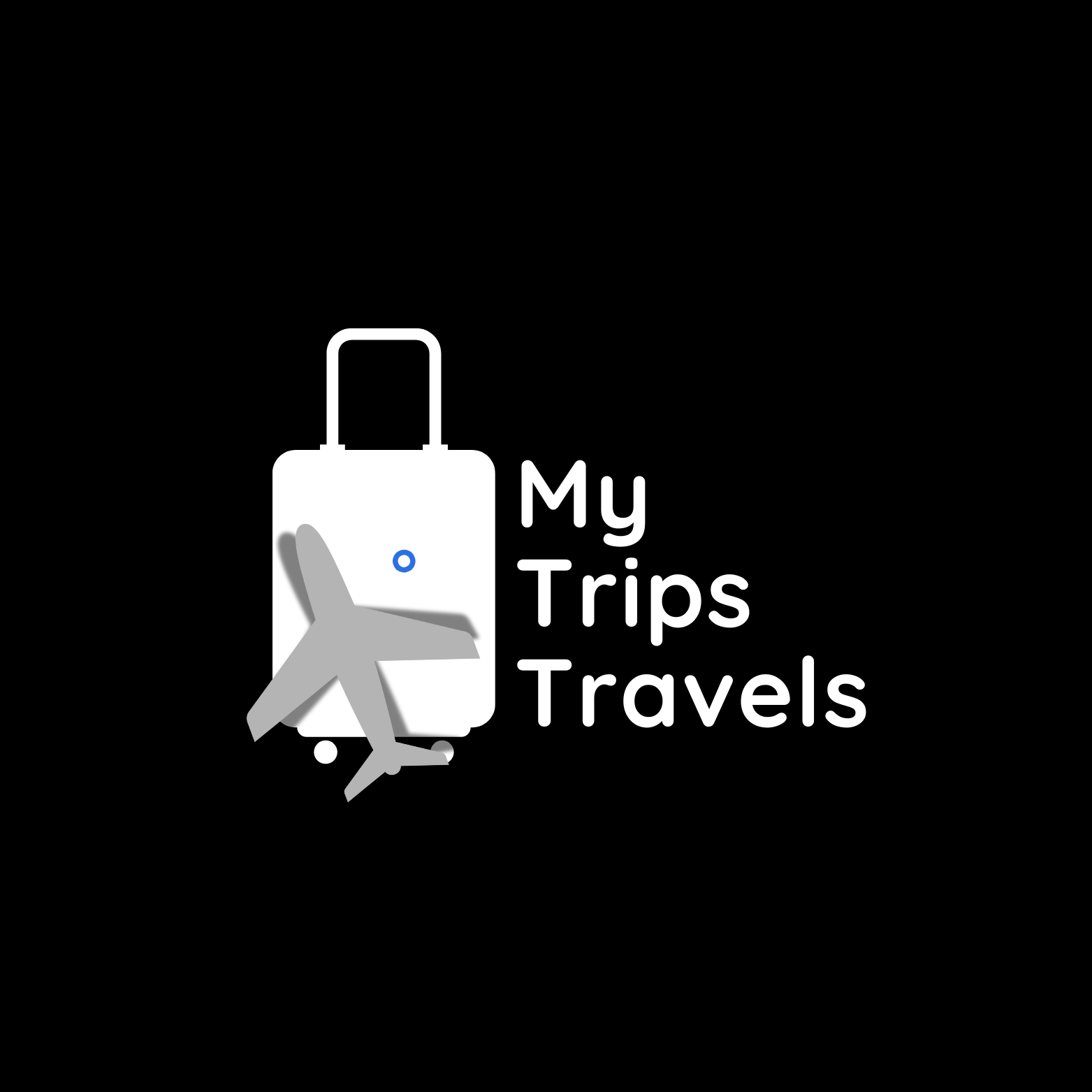Why Do Some Flights Feel Bumpier Than Others?
If you have ever sat through a turbulent flight and wondered why some journeys feel like a roller coaster while others glide smoothly through the sky, you are not alone.
Turbulence can be an unsettling part of air travel, especially when it catches you off guard. In this blog, we will explore the real reasons why some flights feel bumpier than others, what causes turbulence, and whether you should actually worry about it.
Understanding Turbulence in the Sky
Turbulence refers to the irregular motion of the air that affects an aircraft’s flight path. It happens when there is a disruption in the flow of air, and this can occur for several natural reasons.
Most passengers experience turbulence as sudden drops, shakes, or unexpected sways during the flight. While it may feel alarming, it is usually not dangerous.
Turbulence is classified by its intensity, ranging from light to severe. Light turbulence might feel like a gentle shake, while moderate turbulence is stronger and may cause drinks to spill.
Severe turbulence, although rare, can momentarily lift passengers off their seats. However, commercial aircraft are built to handle these forces, and pilots are trained extensively to navigate through them.
Factors That Make Flights Bumpier
1. Weather Conditions
One of the most common causes of turbulence is the weather. Thunderstorms, wind shear, and heavy winds can cause sudden shifts in air pressure and direction. When an aircraft flies through a storm system, especially cumulonimbus clouds, the ride can get bumpy. Pilots often try to fly around these clouds, but at times they are unavoidable, especially during long international flights.
2. Jet Streams
Jet streams are fast-flowing air currents high in the atmosphere. When a flight passes through or near one, it may experience clear air turbulence. This type of turbulence is difficult to detect with radar, which is why it can surprise both pilots and passengers. The edges of jet streams can create unstable air, leading to noticeable jolts during the flight.
3. Air Traffic and Flight Paths
The chosen route of your flight also plays a role. Some routes, especially those over mountain ranges like the Rockies or the Himalayas, experience more turbulence due to rising air currents. Similarly, flights that pass through areas with dense air traffic may adjust their altitude more frequently, which can cause minor turbulence as the aircraft transitions between air layers.
Why Some Flights Are Smoother Than Others
Not all turbulence is the same. While one trip flight may feel rough from start to finish, another might be surprisingly calm even if both fly similar distances. The difference often lies in flight timing, weather patterns, altitude choices, and even the type of aircraft. For instance, larger aircraft tend to absorb turbulence better than smaller ones, offering a smoother ride.
Night flights may also feel less turbulent because the atmosphere is typically more stable after sunset. Similarly, pilots and flight planners study detailed weather reports and use technology to select the least turbulent routes available.
Is Turbulence a Cause for Concern?
The short answer is no. While turbulence can feel uncomfortable, modern aircraft are designed to endure it safely. The real risk comes only when passengers ignore safety instructions, such as not wearing seatbelts when advised. Injuries during turbulence are almost always due to unfastened seatbelts or loose cabin items.
Flight crews are trained to handle various levels of turbulence. Pilots also receive updated reports throughout the journey and often adjust their altitude or course to minimize discomfort for passengers.
Tips for a Comfortable Travel Trip
If turbulence makes you nervous, here are a few tips to make your journey easier:
- Choose seats over the wings, where turbulence is felt the least.
- Fly early in the day or late at night for calmer air.
- Keep your seatbelt fastened even when the sign is off.
- Stay hydrated and avoid excessive caffeine or alcohol.
- Listen to cabin crew instructions for safety and comfort.
When you book your next airline flight, consider platforms that offer not only great Travel Deals but also easy access to customer support. Whether you prefer Priceline, Expedia Flights, or want to find cheap travel options for your next vacation, always compare carefully. You can also explore Delta Tickets or use platforms with the best Customer Service to assist in managing your journey.
Planning your air ticket booking in advance can also help you avoid last-minute hassles. Websites that allow easy booking flight experiences help reduce stress before you even board.
Final Thoughts
Turbulence is a normal part of flying, caused by natural atmospheric changes and other factors beyond human control. While it can feel uncomfortable, it is rarely something to fear. Understanding what causes turbulence can help ease your anxiety and make your next trip flight a lot more manageable.
So next time you travel, choose comfort, stay informed, and remember you can always Call Now to check for updates, reroute options, or ask about smoother flights. Whether you plan to Book Flight online or through a travel agent, the right information makes all the difference.

